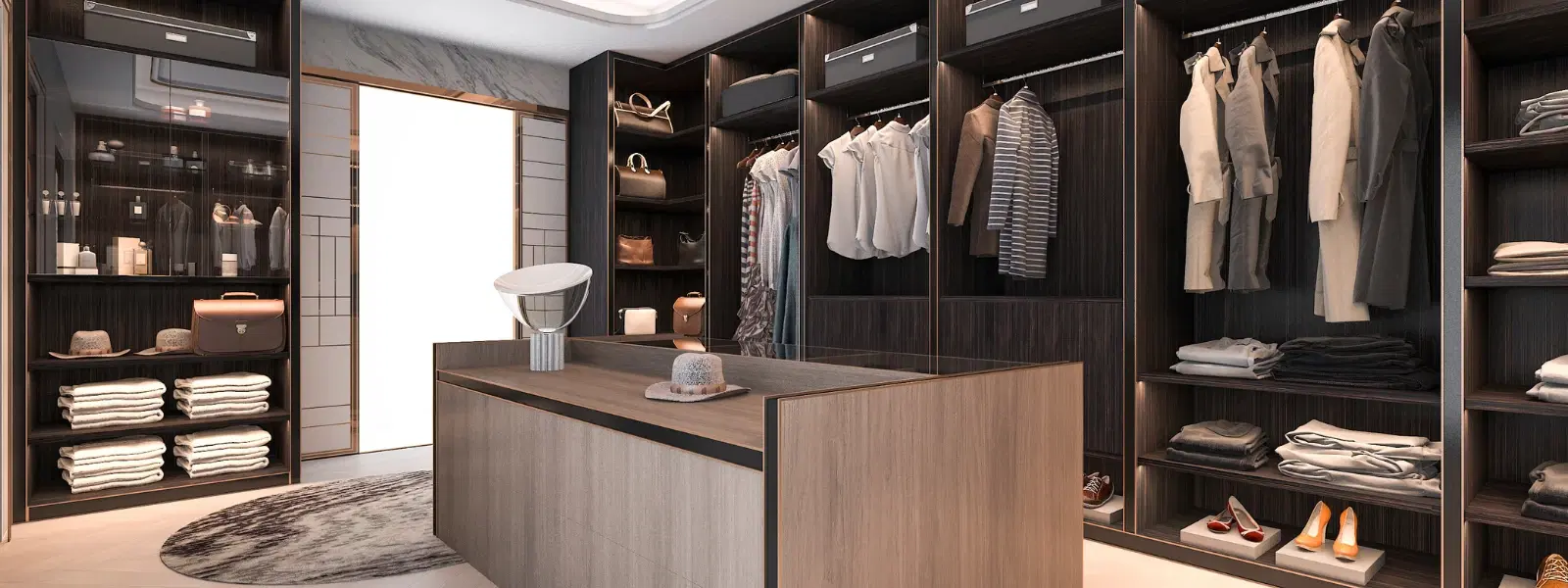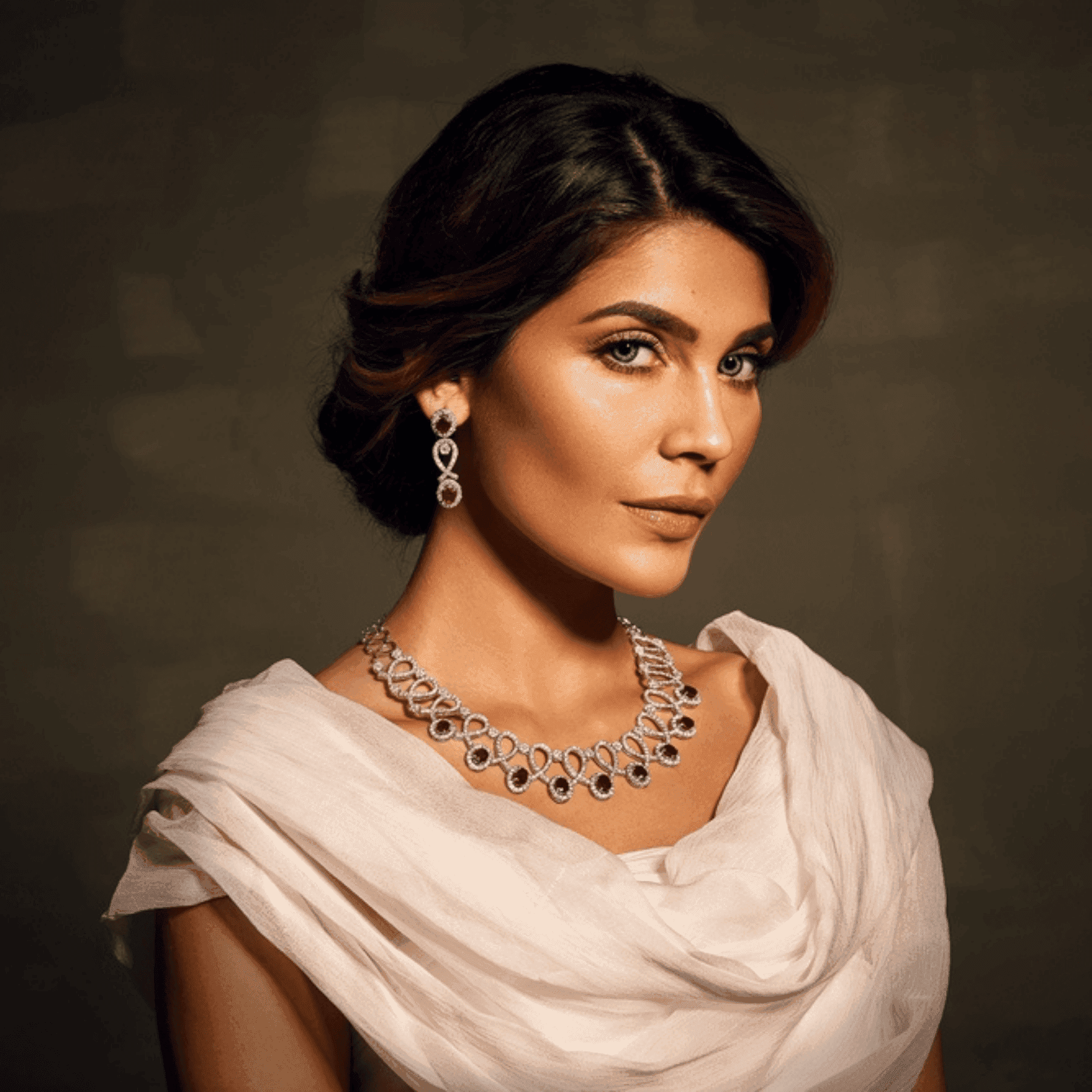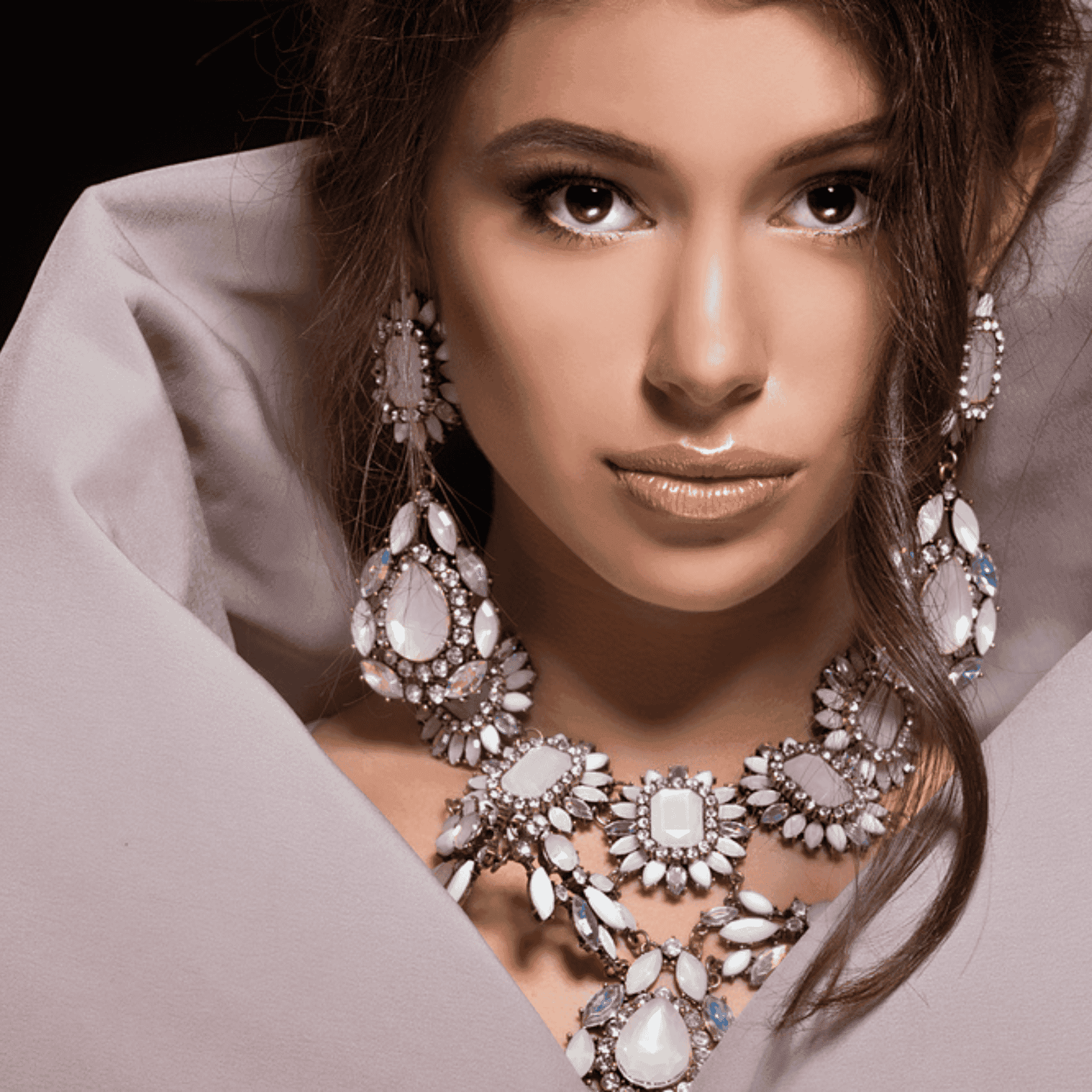
Luxury Edit
•04 min read
-8704a161-e35d-4932-b982-017add6889b1.png&w=3840&q=75)
The world of luxury shopping has evolved significantly. Today, shoppers have the choice between investing in brand-new high-end items or embracing second-hand luxury. By reading this blog post, you will learn about both options, weighing the pros and cons of pre-owned luxury against new purchases. In doing so, you can decide which suits your style, budget, and commitment to sustainability best.
Second-hand luxury, also known as pre-owned luxury or preloved luxury goods, refers to high-end designer items that have already been purchased once and are now resold. These gently used luxury items are often authenticated and available through luxury consignment stores, luxury resale platforms, or private sellers. The appeal of these used designer items is clear and numerous. Shoppers are drawn to the sustainability benefits of this option, as it supports a circular economy by keeping items in use. Additionally, many are in pursuit of rare or vintage pieces and the opportunity for significant cost savings.
Key reasons for the rise of second-hand luxury:
Growing demand for sustainable luxury shopping.
Access to rare, discontinued, or vintage pieces.
Substantial savings compared to new items.
Popular categories:
Bags, wallets, watches, jewelry, and clothing.
Insight Corner: The Sustainability Factor
Buying second-hand luxury not only reduces waste and the environmental impact of fashion production, it also contributes to a sustainable, circular economy. This approach allows style-savvy individuals to enjoy unique pieces while championing a responsible fashion industry.
Purchasing new luxury items continues to attract many consumers, and there are good reasons for this. When you choose new, you are guaranteed authenticity as the items come directly from the brand or authorized retailers. This ensures that you are receiving the latest designs and trends that reflect the brand's creativity and innovation. Moreover, new luxury purchases often include a full warranty and dedicated after-sales services, providing you with peace of mind and protection against potential defects.
Despite the evident benefits of new luxury items, there are certain challenges that might sway a style-conscious shopper. New luxury pieces come at a high upfront cost which may not align with every budget. Over time, many new items tend to depreciate in value, especially if they are not considered collectible. In contrast to the sustainability offered by second-hand options, new purchases have a limited positive impact on the environment since they contribute to higher production demands.
One of the main advantages of opting for pre-owned luxury is the significant savings potential. Second-hand designer brands are often available at 20-70% lower than their original retail price. This makes it possible for more fashion enthusiasts to access high-end pieces without exceeding their budget. Additionally, certain preloved luxury goods maintain their value over time. In some cases, rare and vintage items can even appreciate in value, making them a smart investment for further resale or collection purposes.

While buying new luxury items offers benefits like brand authenticity and warranty services, it is important to consider the high cost. New luxury pieces often command premium pricing due to their status, craftsmanship, and the brand’s reputation. For collectors or those on the lookout for limited-edition items, new purchases might hold long-term value. However, for the everyday buyer focused on immediate savings and sustainability, second-hand luxury represents a compelling alternative.
Authenticity is the cornerstone of any luxury purchase, especially when buying pre-owned luxury. Trusted luxury consignment platforms and verified sellers are essential to safeguard your investment. If you are considering gently used luxury items, keep the following tips in mind to ensure authenticity:
Shop from reputable platforms that specialize in luxury consignment.
Always ask for certificates of authenticity or professional appraisals.
Research seller reviews and understand return policies before purchasing.
By taking these steps, you can confidently embrace the world of used designer items without compromising on quality or authenticity.
When opting for new luxury, authenticity is assured through direct purchases from the brand or its authorized retailers. Buyers receive complete packages that include original packaging, warranties, and proper documentation. This comprehensive approach offers peace of mind and reinforces the value of investing in a new luxury item, especially when it comes to safeguarding your purchase over time.
In today’s world, sustainability is a core value for many consumers. High-end second-hand shopping is not just about staying on trend; it also plays a significant role in reducing waste. When you choose pre-owned luxury, you contribute to a decrease in the production of new products and extend the lifecycle of uniquely crafted items. This practice is beneficial for the environment as it lessens the reliance on raw materials and supports a circular economy. Additionally, when you invest in used luxury, you are often supporting smaller consignment businesses and promoting ethical shopping practices.

While many luxury brands are making strides in sustainable practices, the production of new items still requires considerable resources. Some new luxury pieces come with ethical manufacturing certifications and sustainable sourcing, although these efforts typically do not yet offset the environmental impact associated with mass production. For those who prioritize sustainability without sacrificing luxury style, pre-owned luxury remains a highly attractive option.
Second-hand luxury refers to any pre-owned high-end item, while preloved luxury goods typically denote items that have been well cared for and gently used.
Generally, second-hand items are more affordable, although rare or vintage pieces can sometimes rival or exceed the cost of a new item due to their exclusivity.
Ensure authenticity by purchasing from reputable consignment stores or platforms that offer certificates of authenticity and thorough appraisals.
Yes, choosing pre-owned luxury significantly reduces waste and supports a circular economy, aligning with sustainable fashion practices.
Many luxury consignment stores are highly reliable, especially those with strong reputation and strict authentication processes.
Both second-hand luxury and new luxury items offer unique advantages. While new purchases ensure the latest designs, warranties, and full authenticity, second-hand luxury stands out with its affordability, sustainability, and the allure of unique finds. The right choice depends on your individual lifestyle and values. Whether you are driven by a passion for sustainable luxury shopping or the thrill of owning the latest designer piece, being well-informed about your options helps you embrace style as a form of self-expression and identity.